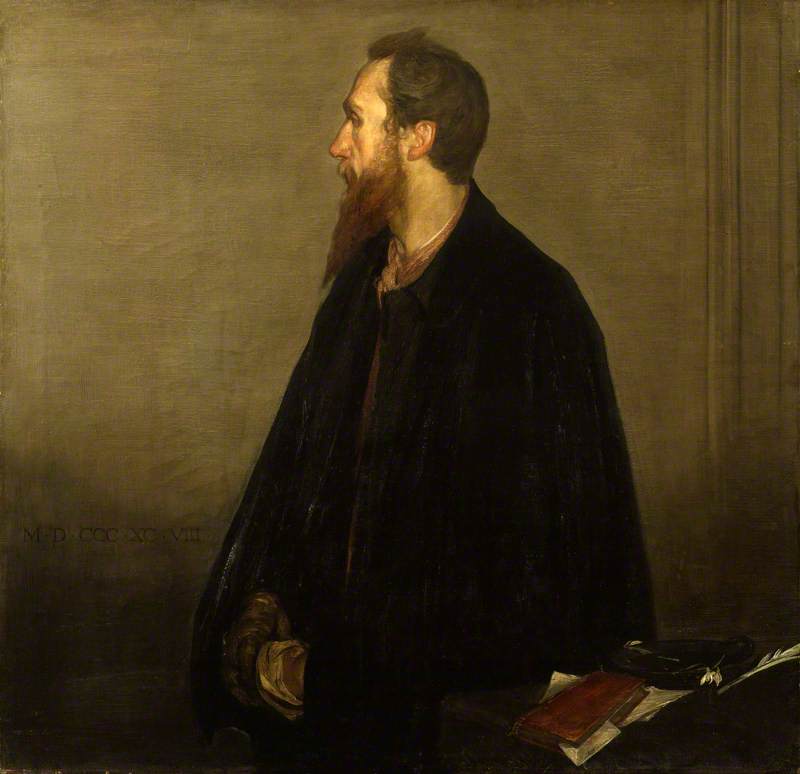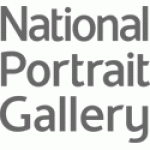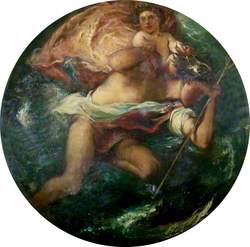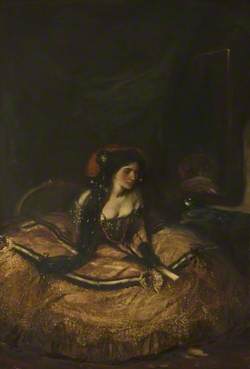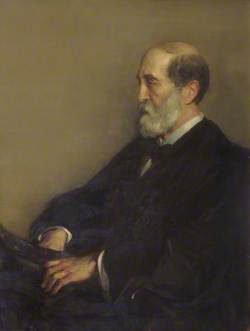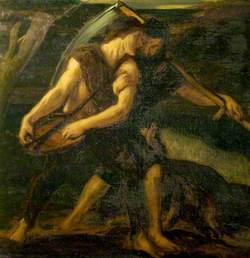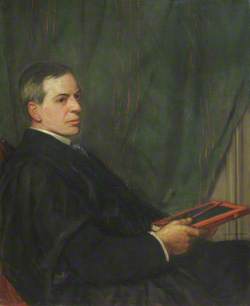How you can use this image
This image can be used for non-commercial research or private study purposes, and other UK exceptions to copyright permitted to users based in the United Kingdom under the Copyright, Designs and Patents Act 1988, as amended and revised. Any other type of use will need to be cleared with the rights holder(s).
Review the copyright credit lines that are located underneath the image, as these indicate who manages the copyright (©) within the artwork, and the photographic rights within the image.
The collection that owns the artwork may have more information on their own website about permitted uses and image licensing options.
Review our guidance pages which explain how you can reuse images, how to credit an image and how to find images in the public domain or with a Creative Commons licence available.
Buy a print or image licence
You can purchase this reproduction
If you have any products in your basket we recommend that you complete your purchase from Art UK before you leave our site to avoid losing your purchases.
Notes
Add or edit a note on this artwork that only you can see. You can find notes again by going to the ‘Notes’ section of your account.
Born in Geneva, Switzerland, to an English father and French mother, Ricketts was considered too delicate for school. Instead, from an early age, he unstintingly pursued a compulsion to live for art. An early manifestation of his refined and eclectic aesthetic was the art periodical, The Dial (1889–1897), produced with Shannon. Consisting of poetry, prose and illustrations in a blend of English Pre-Raphaelitism and French Symbolism, it is a key document of the Aesthetic Movement. On reading the first edition, Oscar Wilde remarked 'Do not bring out a second number, all perfect things should be unique'. Charles Ricketts was an artist, illustrator, theatre designer, author and printer; but he is perhaps best remembered now for his friendship with his fellow artist Charles Shannon.
Title
Charles de Sousy Ricketts
Date
1898
Medium
oil on canvas
Measurements
H 97.2 x W 100.6 cm
Accession number
3106
Acquisition method
Given by the Art Fund, 1942
Work type
Painting
